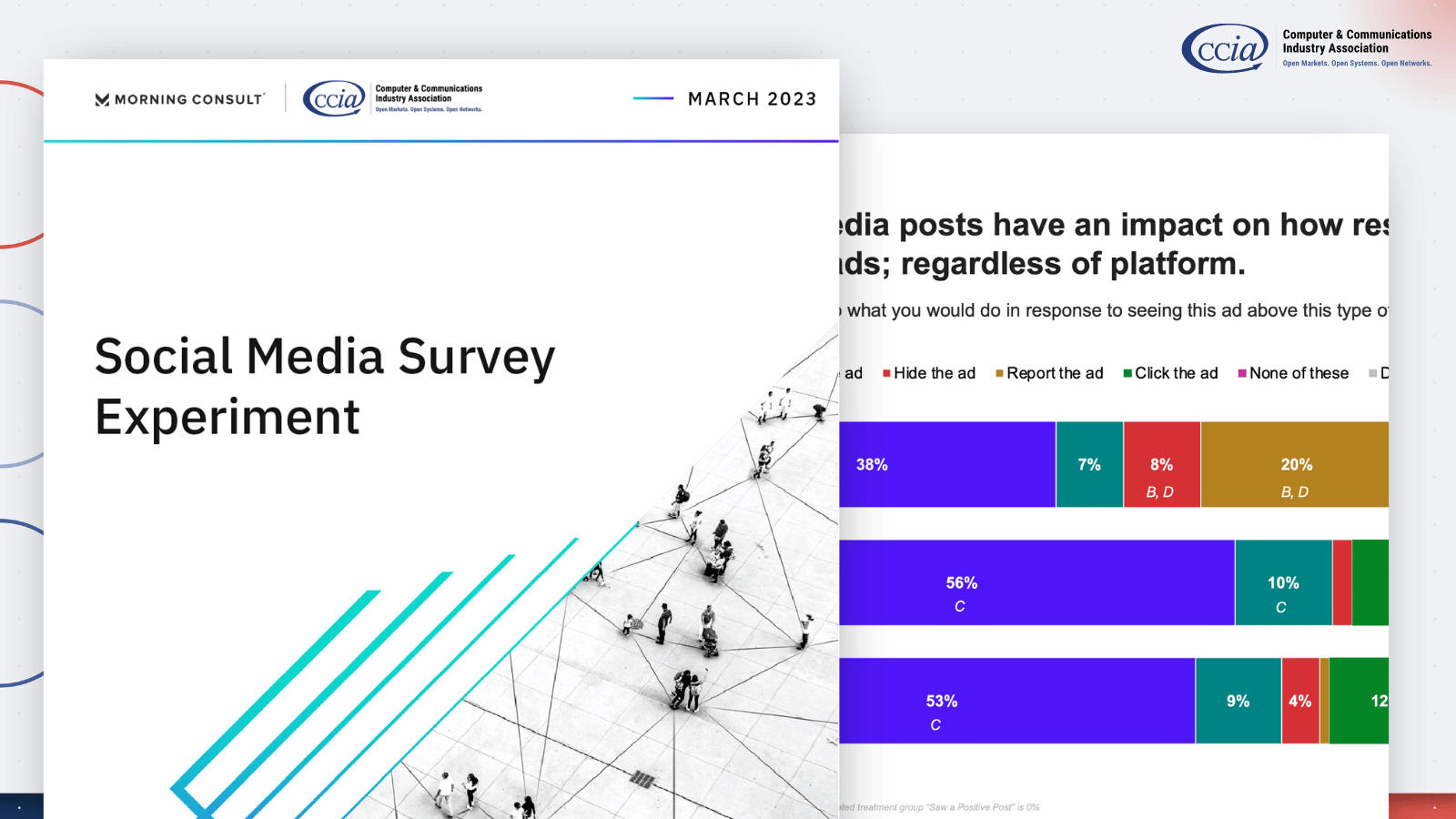Disruption is Not ‘Objectivist’
Folks are talking about Paul Carr’s piece in PandoDaily yesterday misconstruing disruptive competition, which labeled Silicon Valley’s interest in disruption a “creepy, dangerous” ideology, and a “cult” similar to adherents of Ayn Rand’s pseudo-philosophy of ‘Objectivism.’
Having once soldiered through Rand in a bout of literary masochism, I entirely share Carr’s sense that she offers us no insight into the economics of technology competition. Or much else, for that matter. Never before had anyone taken so long to say so little to so many. (Dan says a much better examination of the foundations of libertarian economics can be found in Hayek’s The Road to Serfdom.)
Connecting her work with disruptive competition, however, is an extraordinary non sequitur, which leads to even more outrageous claims including that all disruptive startups have “Randian origins.”
Carr arrives at this connection because (a) Travis Kalanick, CEO of the arguably disruptive company Uber, apparently has some passing interest in Ayn Rand, and (b) Carr’s understanding of disruption
boils down to “let us do whatever we want, otherwise we’ll bully you on the Internet until you do.” To proponents of Disruption, the free market is king, and regulation is always the enemy.
This is not disruption. As we’ve noted before, ‘disruption’ must be understood as a defined term. It is not anti-regulation. Indeed, many of the best examples of disruption have not been in regulated service industries like livery (e.g., hydraulic backhoes, computer disk drives, and microprocessors). 
However, it is often the case – as Dan observed earlier today – that in regulated industries, market incumbents with a greater understanding of the regulatory apparatus often attempt to redirect the actions of government in order to disadvantage new entrants.
Even regulations widely viewed as socially beneficial may be employed by incumbents in order to alter the competitive landscape. DuPont famously changed its position on the Chlorofluorocarbon (CFC) ban because competition in the CFC space was heating up and DuPont was uniquely positioned to take advantage of the market for new environmentally friendly chemicals, where there was little competition due to the higher costs of cutting-edge R&D. The fact that a given regulation actually serves a positive social function – for example, licensing taxis to ensure passenger safety – does not mean that there are no second-order costs to that particular regulation, such as in the form of consumer losses due to inhibited competition. In some cases, those costs will outweigh the intended benefits of the regulation.
Carr attacks disruptive entrants for not being altruistic, but of course, no one thinks taxi services arguing that Uber be heavily regulated do so solely out of concern for riders, any more than DuPont’s position change on CFCs resulted from a sudden epiphany about environmentalism.
Carr is correct in observing that disruptive startups have of late focused increasingly on services that compete with regulated industries. These innovators are looking for opportunity in the fact that new products and services that compete with existing, regulated products and services should not necessarily be subject to the same regulations. We don’t, for example, extend the FCC’s rules for broadcast radio to the contents of the iTunes store, nor FAA regulation to the Megabus that runs between New York and Washington. But thinking that the FAA has no business telling you to turn off your electronics when you get on the Megabus – or touting this as a competitive advantage – does not make you a “Randroid.”
That being said, those interested in reading up on disruption would do far better choosing Clayton Christensen or Larry Downes over Rand.








